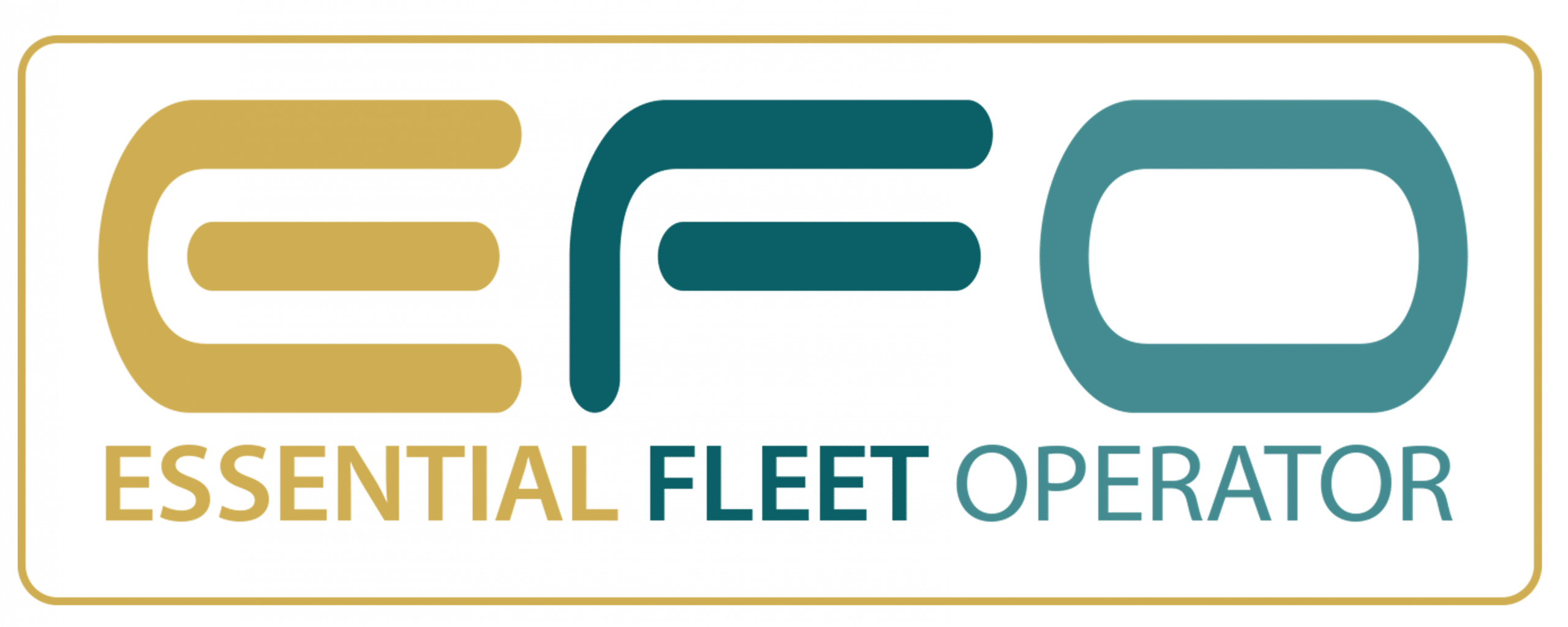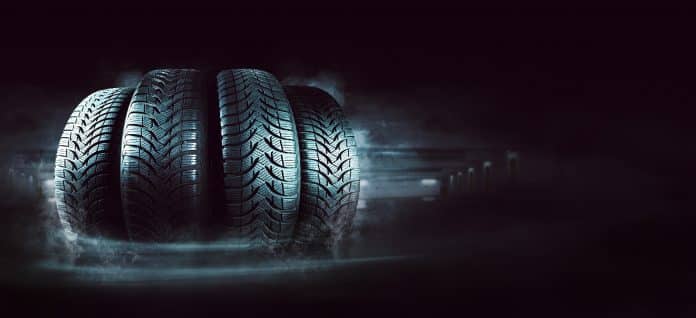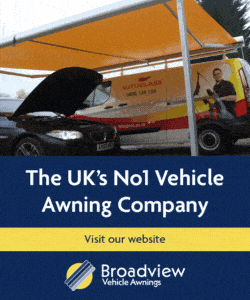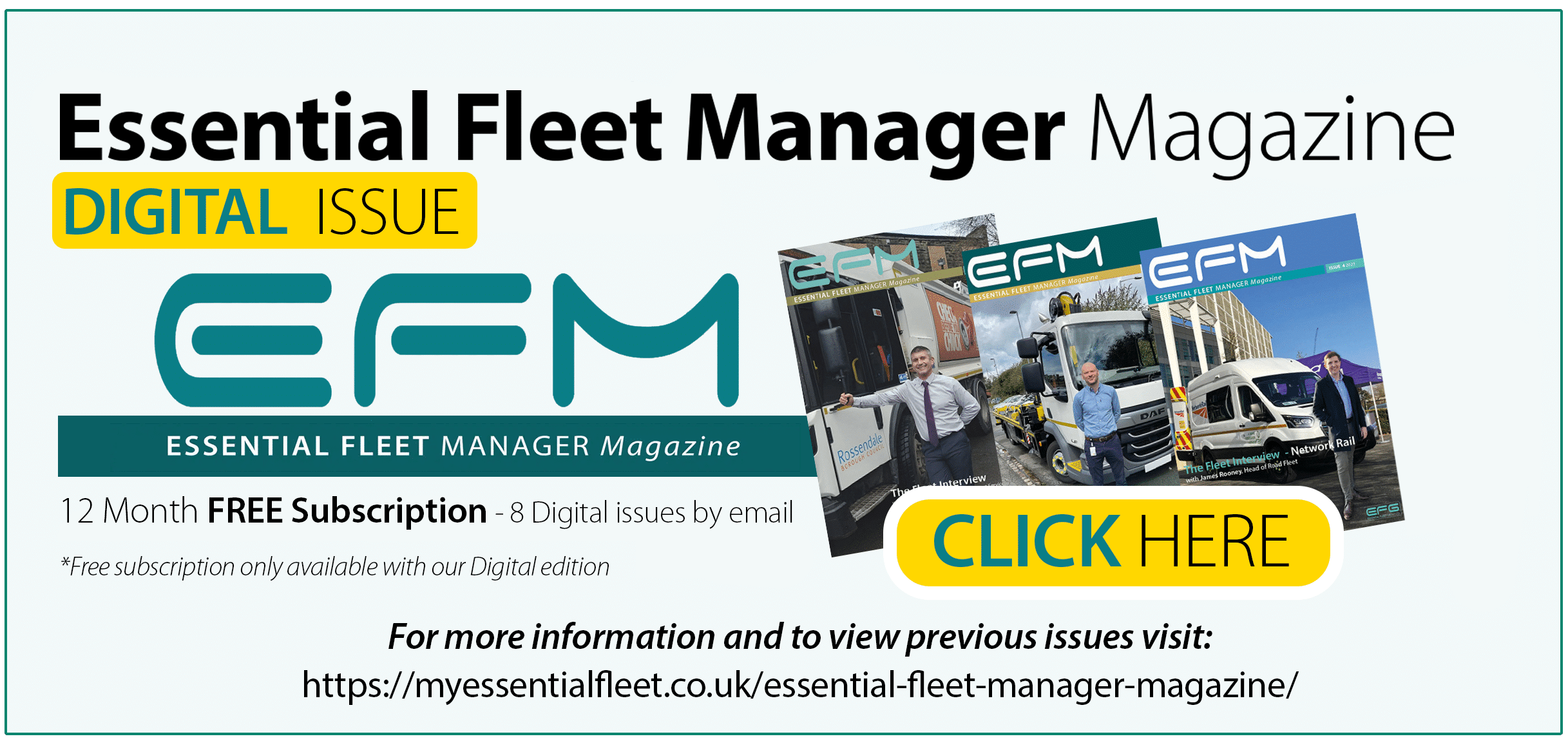Regular checks are crucial for all vehicles on the road, including tyre condition and inflation. Driving with under-inflated tyres, even if it is only 10% below the recommended level, can increase braking distance, make a vehicle more challenging to steer, increase fuel consumption, and shorten the lifespan of tyres due to excessive wear. As an operator, this means early and more frequent replacements of tyres within your fleet.
Legally, your vehicle’s tyres should have a tread depth of at least 1.6mm. If your drivers are stopped and found with illegal tyres, it can lead to significant fines and penalties.
Given that tyres are one of the most important parts of a vehicle, tyre maintenance should be a top priority. Ensuring the wear and tear on your vehicle’s tyres is regularly checked, not only protects your drivers but also other road users.
Keep the pressure under control
Tyre pressure can have a significant impact on your vehicle’s handling and braking. If tyres are under or overinflated, it can also increase fuel consumption and make them more susceptible to wear and tear. It’s important to make sure that your drivers check their vehicle’s tyre pressure at least once a month, or if that isn’t possible, ensure that it’s done at the depot where your vehicles are stored, including all spare tyres by your vehicle maintenance team.
It’s also worth bearing in mind that the pressure number marked on the tyres is the absolute maximum the tyre can take and should not be used as an indicator for daily use.
Be aware of tyre damage and unusual wear and tear
With many vehicles in any given fleet being used by different drivers daily, a vehicle pre-use check should be encouraged if not made compulsory. This should include a physical check of the vehicle’s tyres, looking out for any signs of unusual wear or damage, including cuts and bulges. Any reported defects should be investigated further, and if necessary, the defective tyre should be replaced before the vehicle is in use again.
Ensure you have enough tread
Tyre treads have a direct impact not only on the performance of your vehicles but also on its overall safety, especially in poor weather conditions. Light Commercial Vehicles (LCVs) are subject to the same tyre law as cars, so they must have a minimum of 1.6mm of tread across the central three-quarters of the tyre around its entire circumference. If any of your vehicles have a tread that is at or below the minimum depth, those tyres will need to be replaced straight away.
Vans and even car-derived vans usually require specific tyres, which are designed to cope with the payload of the vehicle. Car tyres are often not suitable for vans. If in doubt, speak to a local tyre retailer for specific advice on the most appropriate tyre for your needs and load requirements.
Remember, if you allow a driver to go out in a vehicle with tyres below this limit, it is not only illegal but also extremely dangerous. Having the correct depth is essential to ensuring good control and maximizing safety, so don’t chance it, check it.
Avoid overloading your vehicles
Overloading a vehicle beyond its maximum permitted weight limit is an illegal offence, and the legal consequences for both drivers and operators can be serious and far-reaching. A vehicle carrying a lot of weight can compromise the handling and cause excessive wear on the tyres due to excessive heat. This could cause a tyre explosion and put your drivers at greater risk of being involved in a road collision.
Keep your wheels aligned
Incorrectly aligned wheels can result in uneven tyre wear, which can weaken them and make them more prone to damage. It can also reduce the driver’s control of the vehicle and increase fuel consumption.
Watch where you park
Many of your vehicles will be used to visit customers in residential areas where pulling up to park on a busy street means sometimes mounting the kerb is unavoidable. Mounting the kerb can cause the tyre’s sidewall to become pinched between the kerb and the wheel, causing them to weaken and potentially resulting in a tyre blow-out. Ideally, you should encourage your drivers to avoid mounting the kerb altogether. It is also illegal in some areas. The Highway Code rule 242 states: “You MUST NOT leave your vehicle or trailer in a dangerous position or where it causes any unnecessary obstruction of the road.”
Maintain good driving habits
It is important to encourage your drivers to practice good driving habits and to respect the vehicle they are driving. Excessive braking or acceleration or constantly stopping and starting in traffic can have a detrimental effect on your tyres and cause them to wear more quickly.
With this in mind, encourage drivers to drive as smoothly and consistently as possible. It is more or less impossible to avoid uneven road surfaces and hazards such as potholes, but by taking extra care, drivers can help prevent wheels from being knocked out of alignment unnecessarily.
Electric Vehicles
Electric vehicles (EVs) are heavier than regular combustion engine vehicles due to the weight of the technology required to power them. This means that EV tyres have to support a significant extra load. As a result, specialist tyres are necessary, which come with an improved rubber compound, sidewall strength, as well as a tread and groove design that offers greater resilience.
Due to their structure that is designed to absorb strain, electric vehicle tyres wear down at a slower rate than conventional tyres, despite their higher cost. Therefore, if you have incorporated EVs into your fleet, it is important to ensure that you work with a tyre partner who has a ready supply for fleets or that you have a stock at your depots. This will help prevent vehicles from being off the road while awaiting replacements.




